Feeder fishing: the best rigs, groundbaits and baits to use on the lake
Feeder fishing is an Anglo-Saxon imported technique, which appeared in Italy in the 1980s and subsequently became one of the most popular of all. This is bottom fishing that can be practiced both in salt water and in fresh water, which aims to present the bait together with baiting in the immediate vicinity. It is carried out using a lead feeder (which is precisely called a feeder) to be filled with groundbait, maggots or both. It is widely practiced in spring and summer, both on the river and on the lake. In fact, it allows you to catch carp, tench, crucian carp and other fish that feed on the bottom, which are particularly combative and fun to fish. Given the approach of the beautiful season, today we will tackle feeder fishing: also called ledgering, in its classic variant, it is fished both with groundbait feeders and with open end feeders and cage feeders. We will discover how to create three simple and effective setups for feeder fishing, how to choose groundbaits and which baits to use. Ready? Let's go!
Feeder fishing rigs
There are three most common rigs for feeder fishing. The first involves the use of an anti-tangle, a plastic system that avoids tangles caused by the feeder, to be positioned on the main line and stopped on the swivel, before the terminal. It doesn't have a specific name, but it is certainly the most used. This system can be adapted to both fishing with open and closed feeders, filled with groundbait or maggots (open end feeder, block end feeder, cage feeder). The rest is made up of the final, between 20 and 50 centimeters, depending on the sensitivity you want to achieve during the eating phase. A short terminal is more direct, more rigid. A long leader "flutters" more, therefore appearing more natural to the fish.
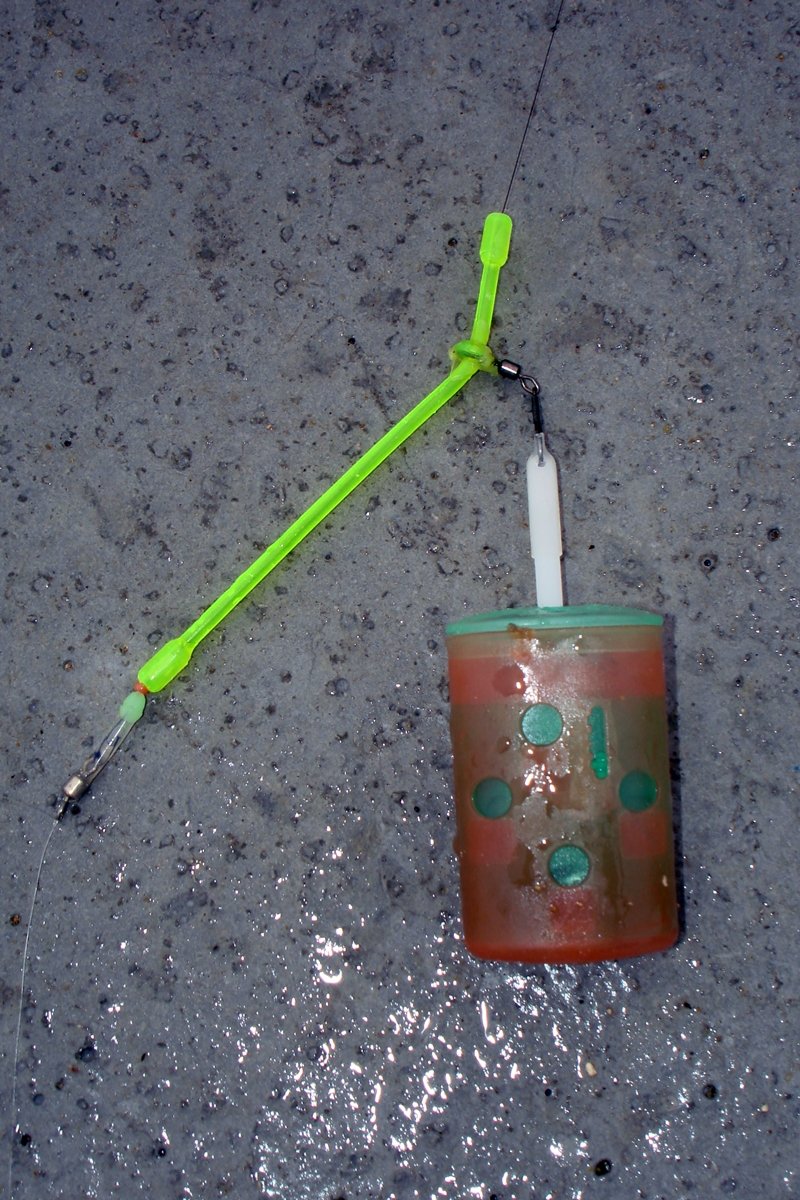
The second line is an evolution of the first, it is called running-rig, and allows the feeder to move freely on the line using a sort of rubberized swivel with an internal carabiner. It should be used when trying to capture suspicious fish, in fact it is excellent with short terminals, with a length between 20 and 30 centimetres. It is also perfect for fishing with feeders that involve a slow release of the groundbait on the bottom, such as open end feeders (not cage feeders though).
The third is the helicopter rig, a system that requires the closure of the line with the disposable feeder, while the terminal is positioned on the beam, blocked by a special system. The advantage of the helicopter rig is that you can fish with the bait that does not touch the bottom or rest on it, but rather remains raised. An alternative, in short, for catching carp, tench, crucian carp and other fish that populate the depths of fresh waters but, sometimes, move within an inch or more of them.
There are other alternatives that are more complex to implement, which involve the use of braids or powergum. We prefer to mention them for the sake of completeness, but we recommend them only for difficult conditions such as suspicious fish, strong current in a canal or river, cold waters, etc.
Groundbaits for feeder fishing
Feeder fishing has been practiced for many years with traditional groundbaits, wetted a little more than usual to make them more suitable for use in the feeder. Over time, the various companies in the sector have studied groundbaits designed exclusively for feeder fishing: they have different mechanics, they disintegrate in suitable times for release from the feeder and also have specific aromas for bottom fishing. There are numerous types of feeder groundbaits on the market: from the classic yellow feeders, with a mixture based on yellow food and panettone, to the pink strawberry feeders; we also move on to specialized products such as betaine groundbaits (green colour, sweetish flavour), halibut (dark gray color with a fishmeal base), black groundbaits for cold waters (particularly fine grain and high concentration of fish). In spring, yellow or pink groundbait, therefore pastoncino/panettone and strawberry, perform best, especially if integrated with corn and brasem. In autumn and winter, with cold waters, dark groundbaits reign supreme. The pellet deserves a separate discussion. In recent years, in fact, it has become an alternative to groundbait, but its use is not always looked upon favorably by carp fishery managers, so it is often limited or prohibited.
Feeder bait
We conclude by talking about bait for feeder fishing. Traditional baits are maggots, casters, corn and earthworms. They are free to all cyprinids without any exclusion. If fishing pressure is felt, or the frequented spot is a particularly busy carp fishery, it may be necessary to exploit the potential of artificial baits such as pellets and micro-boiles. The pellets usually have a size of 4/6 millimeters, and must be baited using a special silicone rig. The feeder micro-boiles are 8/10 millimeters in size and require the presence of the hair rig to be baited correctly. Finally there are the 8 and 10 millimeter maxi-pellets, to always be baited with hair rigs. Tastes? Flavors? There are so many of them. The most reliable are halibut, betaine, pineapple, chocolate and strawberry. They best match the tastes of the groundbait and more easily attract the attention of the fish to be caught on the feeder.
That's all for today too. With these basics you will certainly be able to tackle your first feeder fishing trip in the best possible way during the spring. You are ready? Good fun!
Leave a comment
Log in to post comments

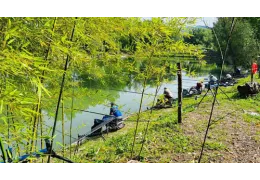
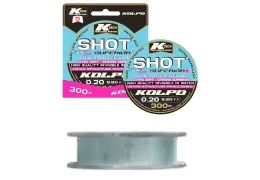
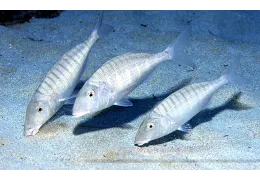
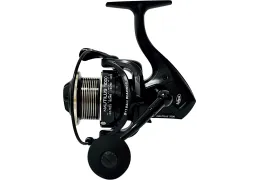
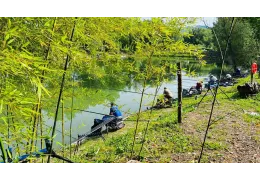
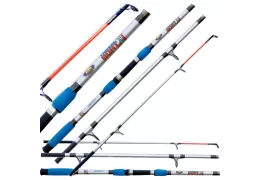
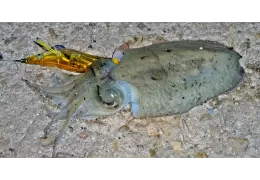
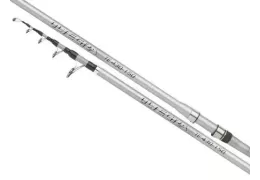
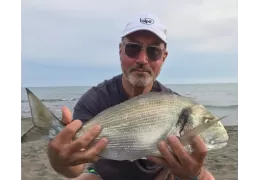


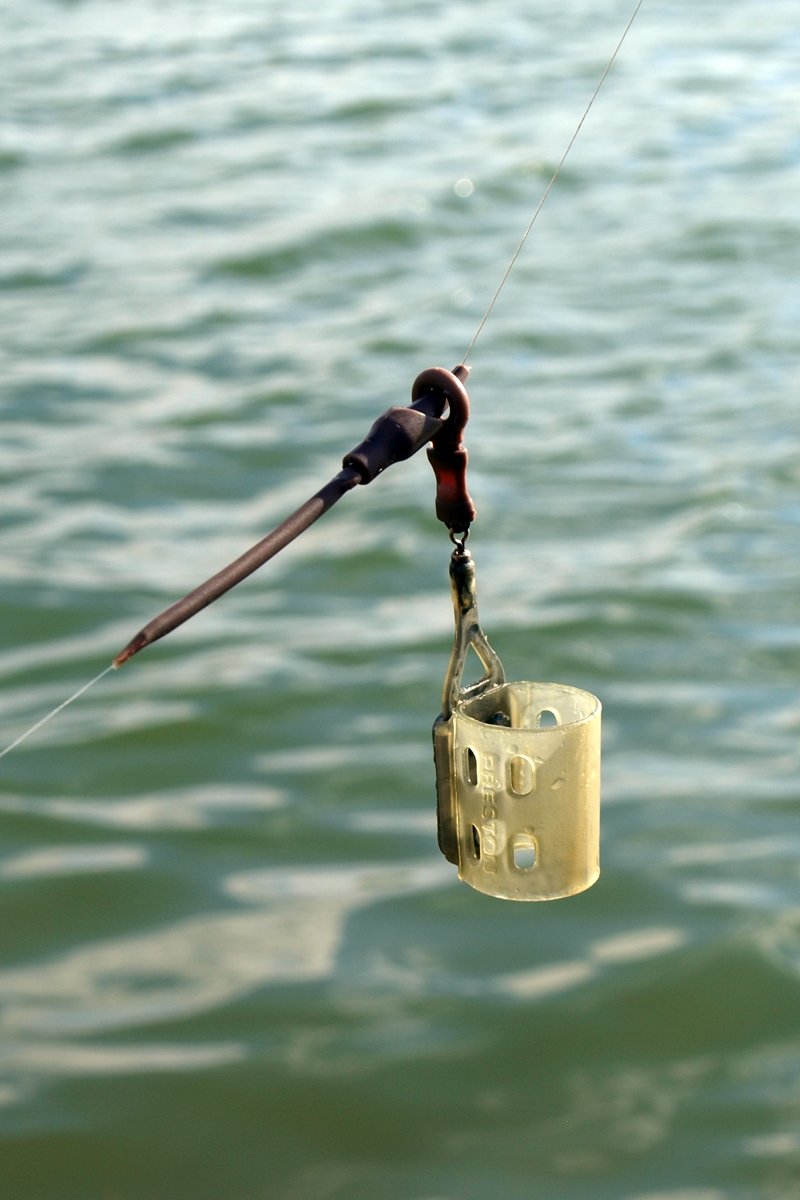
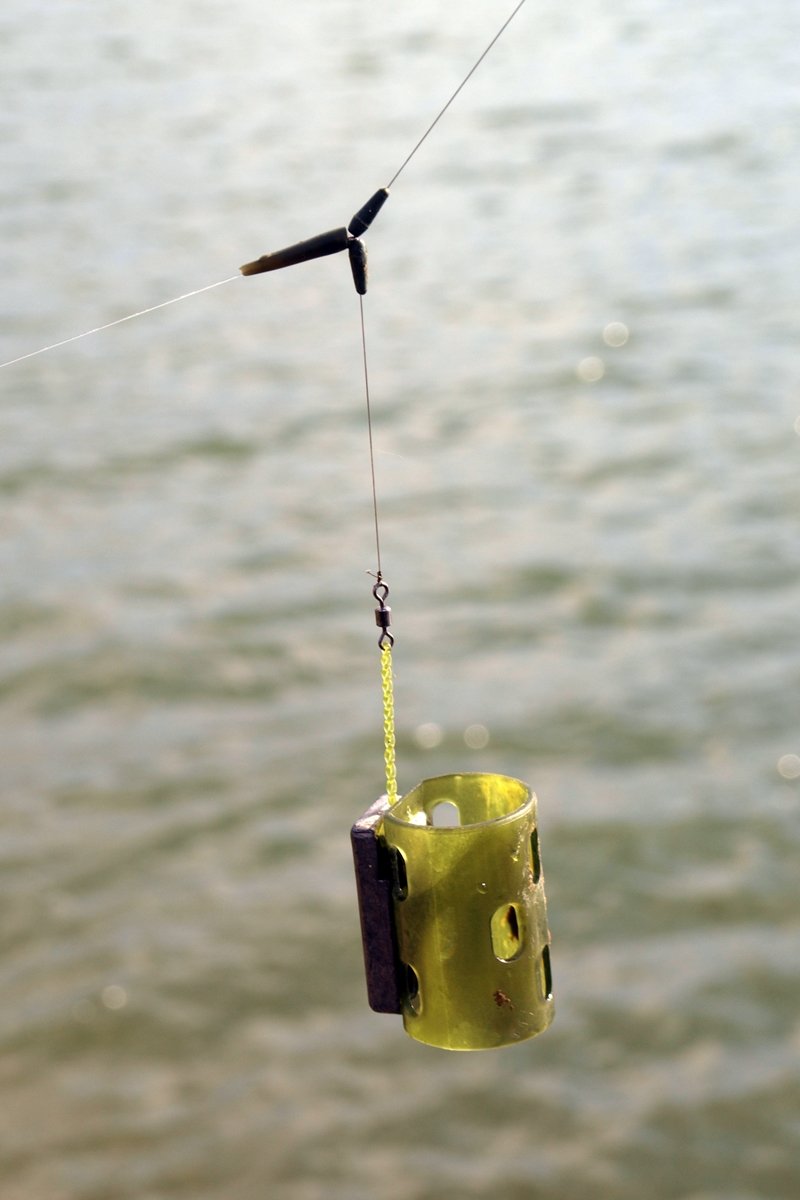
Latest comments